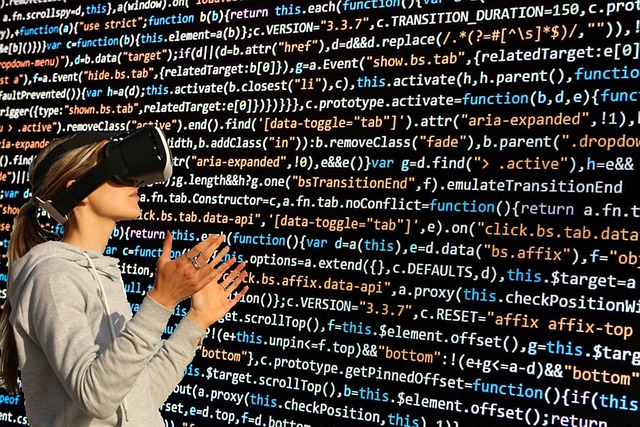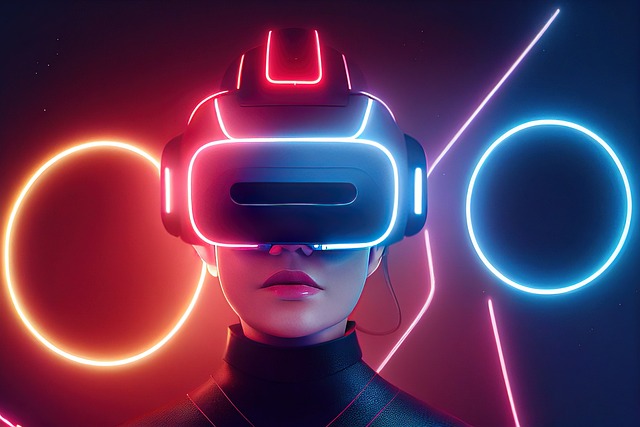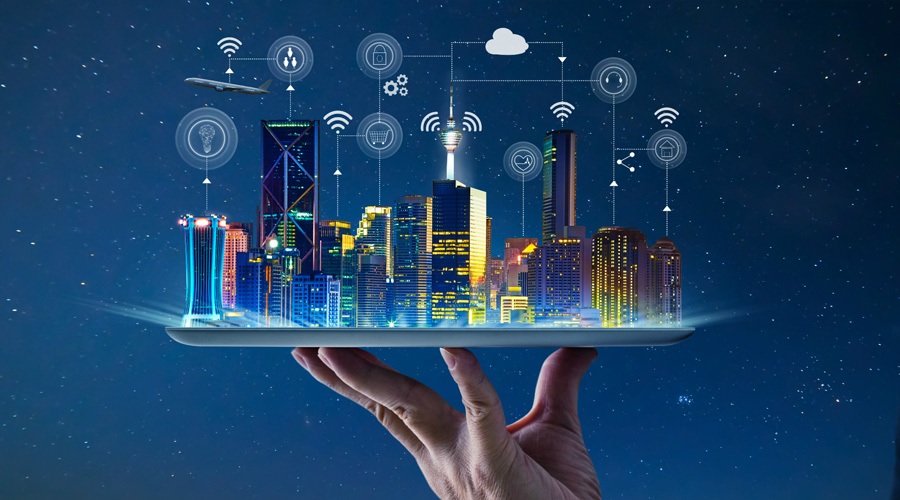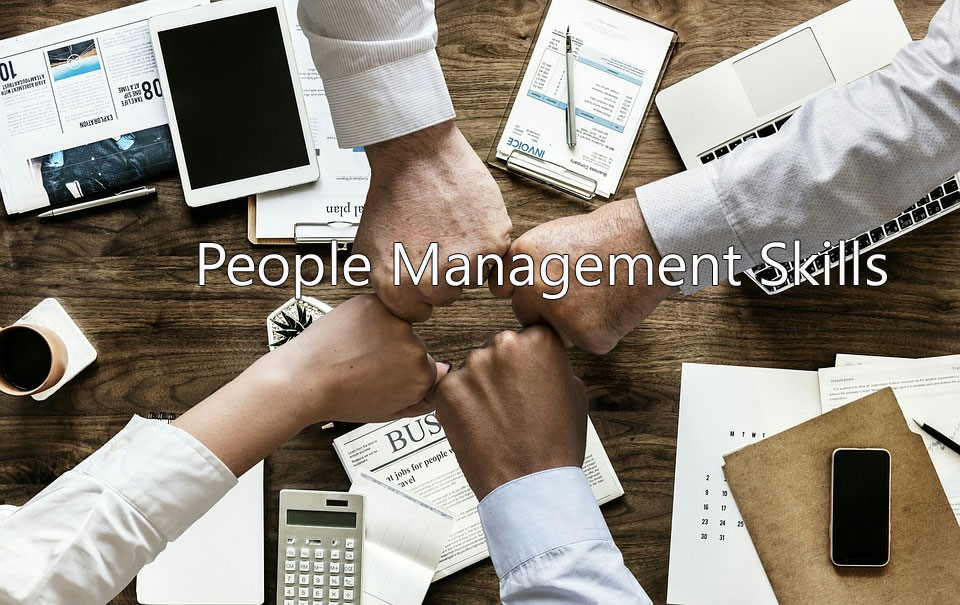Data interaction has improved due to (VR) virtual reality. Traditional data interaction techniques are good but not very impressive as compared to VR. With the help of virtual reality, you can explore data in a very precise manner and you can interact with the data in three-dimensional space. In this article, you will explore how VR is used in data visualization and what are the benefits and the future of data visualization with virtual reality.

Why Virtual Reality in Data Visualization Matters
Data visualization is challenging if you are working on large datasets. But VR provides a captivating environment where you can do data interpretation in a better way. VR provides an impressive virtual environment and you can pattern recognition in a better way through spatial visualization.
Key applications of VR for Data Analysis
- Mesmerizing Data visualization: VR provides immersive data visualization where you can interact with multidimensional datasets. It is very useful for financial trends and complex network analysis.
- 3D graph and chart: With VR users can plot 3-D graphs, scatter plots, and network graphs through which you can easily identify the trend and correlation. IN 2D graphs you often struggle to convey messages effectively.
- BIG Data Exploration: While you are working on Big data then it really becomes very crucial for data visualization. But VR provides a dynamic environment through which you can navigate large datasets very smoothly.
- Training and simulation: In the data field VR is used for training professionals. It is effective for any organization.
- Scientific and medical visualization: Medical professionals also use VR for better visualization Like MRI data, molecular structure can be visualized in 3d format.
- Case studies for VR in Data Visualization: VR is very effective for analytical purposes. If you are working on the live data then you can get valuable insight with the help of VR and you can make good decisions for any organization.
- Also Read: Top Python Libraries for Data Visualization
Tools and Platforms for VR Data Visualization
To know the importance of the power of VR for data visualization, let’s explore the service and variety of tools
- Unity and Unreal Engine: These platforms are widely used to develop interactive and immersive VR experiences.
- Tableau VR: This extension of Tableau provides an immersive environment for exploring data.
- Google VR and WebVR: These solutions facilitate web-based VR visualizations.
- D3.js with WebVR: This combination allows the creation of browser-based 3D visualizations.
These tools and platforms provide an immersive virtual environment that you will find easy to make data visualization and you will be able to find valuable insights from the complex datasets.
Challenges and Limitations of VR in Data Visualization
VR is powerful and effective but still, it is very challenging too.
- Expensive: The one drawback of VR is it is very expensive. VR hardware, other accessories, and software are very expensive for any organization. Its high cost creates access limitations of VR technology for large corporations.
- Technical Challenge: Implementing VR is quite challenging as it requires a skilled person to set up. Visualization involves understanding the data and designing and visualizing. So you will need an expert person for both the technology and to find that person is quite challenging.
- User Experience: Motion sickness is a common issue in VR environments.
- Learning Curve: Interacting with data in a VR environment is not similar to the traditional approach so users must have skills to navigate the 3D Spaces, manipulate virtual objects, and interpret data in 3D format.
Conclusion
Virtual reality is so powerful just to enhance data visualization for complex datasets. VR provides a 3D environment and users can analyze the data in 3 dimensions format. VR is useful for identifying faster trends and anomalies as users can interact with data in real time. VR enhances communication and fosters a more cohesive approach to data analysis.VR provides more deeper insights as users can explore data very actively. VR undoubtedly transforms the data visualization aspects. If You are also planning to be a successful data analyst then you can enroll yourself with Console Flare where you will learn all the required skills from the industry experts.
For more such content and regular updates, follow us on Facebook, Instagram, LinkedIn




